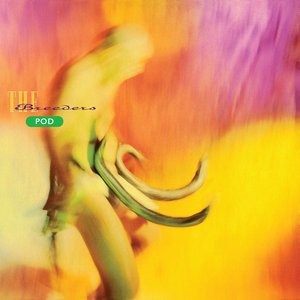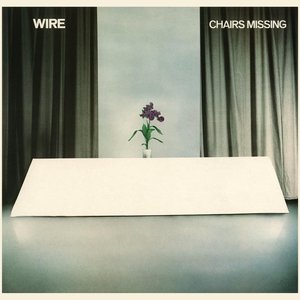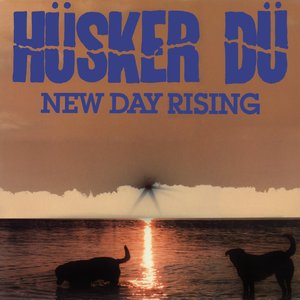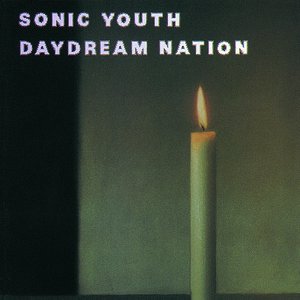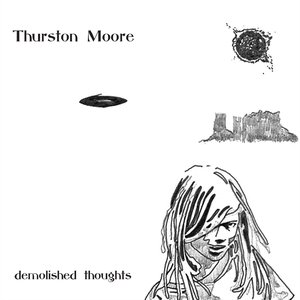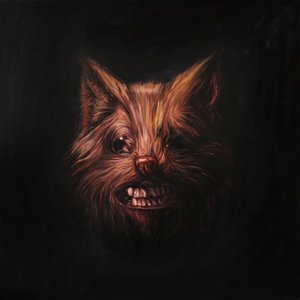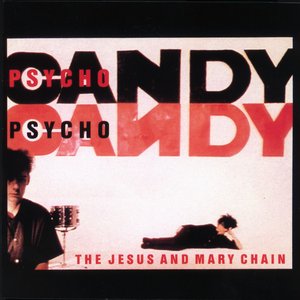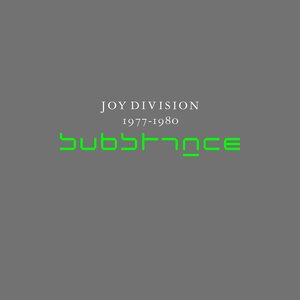Wiki
-
Release Date
1 January 1990
-
Length
11 tracks
Goo is the sixth full-length studio album by American alternative rock band Sonic Youth, released on June 26, 1990 by DGC Records. For this album, the band sought to expand upon its trademark alternating guitar arrangements and the layered sound of their previous album Daydream Nation (1988) with songwriting on that was more topical than past works, exploring themes of female empowerment and pop culture. Coming off the success of Daydream Nation, Nick Sansano returned to engineer Goo, but veteran producer Ron Saint Germain was chosen by Sonic Youth to finish mixing the album following Sansano's dismissal.
Goo was a critical and commercial success upon its release, peaking at number 96 on the US Billboard 200, their highest chart position to date. Although it lacked significant radio airplay, its lead single "Kool Thing", a collaborative effort with Public Enemy's Chuck D, reached number seven on the Billboard Modern Rock Tracks chart. Since then, Goo has been viewed as one of alternative rock's most important albums, and is considered musically and artistically significant. In 2020, the album was ranked at number 358 on Rolling Stone's 500 greatest albums of all time list.
In 1989, nearly a year after the release of the band's breakthrough album Daydream Nation, Sonic Youth announced that it had signed a recording contract with Geffen Records, the group's first major label deal. Sonic Youth decided to sever relations with its former label, Enigma Records, as a result of the band's displeasure with Enigma's indecisive marketing and distribution of Daydream Nation, as well as "Teen Age Riot"—the album's accompanying single. Another factor that contributed to the group's departure from the label was Enigma's handling of The Whitey Album, an experimental album of sound manipulation and hip-hop influences released under the name Ciccone Youth. Not only did Enigma reject the band's proposal to simultaneously release the album with Daydream Nation, the label's publicity branch also attempted to withdraw its cover art—an enlarged photo of Madonna's face—even though Madonna reportedly gave Sonic Youth her permission to use it.
By mid-1989, Sonic Youth's relationship with its British and American label head Paul Smith, who the band's legal counsel, Richard Grebal, termed "a trusted advisor but never a manager", was growing increasingly strained. Tensions between Smith and the group had begun in 1986 when Smith arranged the release of live recordings by the band on the album Walls Have Ears without their input. Mindful about their work and image, Sonic Youth was irritated by the decision, especially when the album was distributed before Evol. The situation was compounded further when Smith took a bold negotiating stance with major record labels during the Daydream Nation tour and took long intervals to communicate information to the band. His stance, which had the potential to scare away record executives, represented the final straw for the band. On June 2, 1989, Sonic Youth went to Smith's apartment, ostensibly to discuss another music video for Daydream Nation, to announce an end to their partnership.
Having entertained offers from A&M Records, Atlantic Records, and Mute Records, Sonic Youth signed a five-album deal worth $300,000 with a clause which secured the band's complete control of its creative output. The group, however, was somewhat dissatisfied that the album would not be released by Geffen but rather a new and unestablished subsidiary label, DGC Records.
Album descriptions on Last.fm are editable by everyone. Feel free to contribute!
All user-contributed text on this page is available under the Creative Commons Attribution-ShareAlike License; additional terms may apply.



